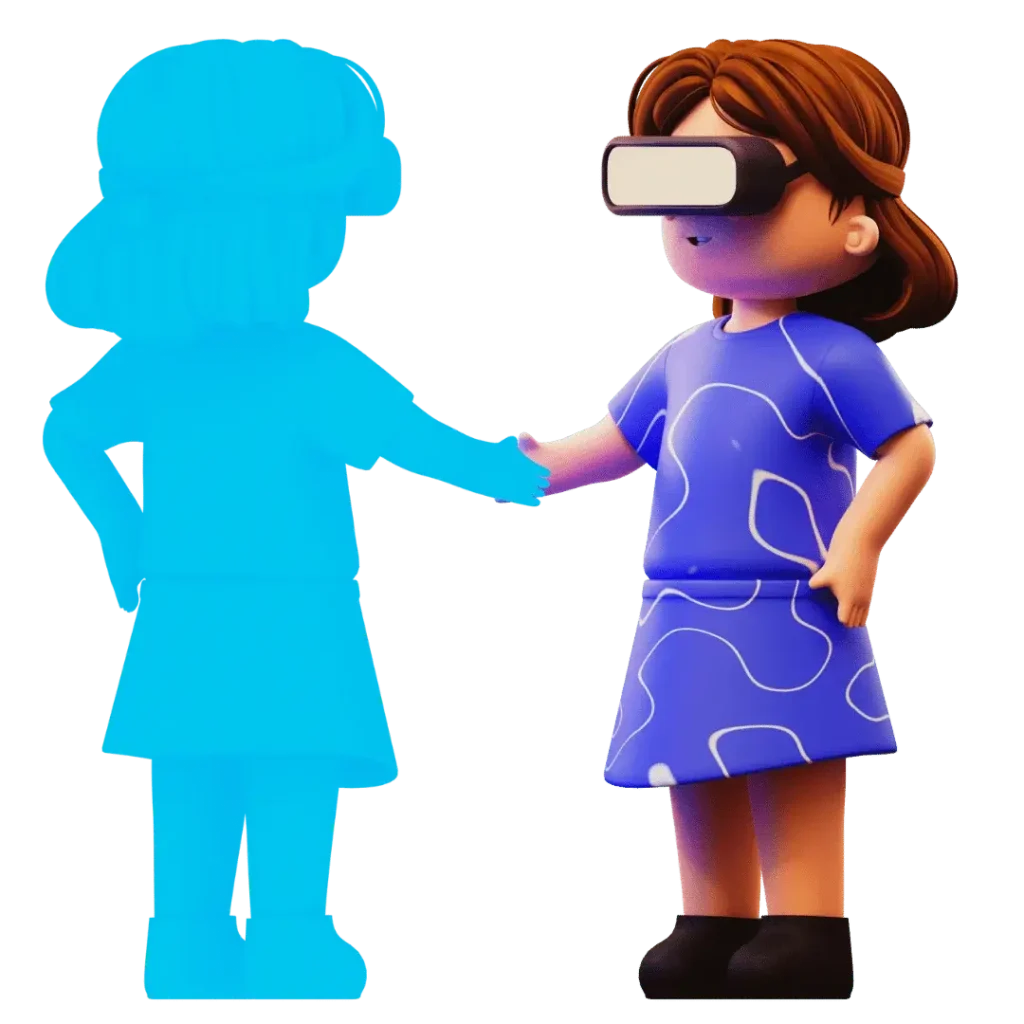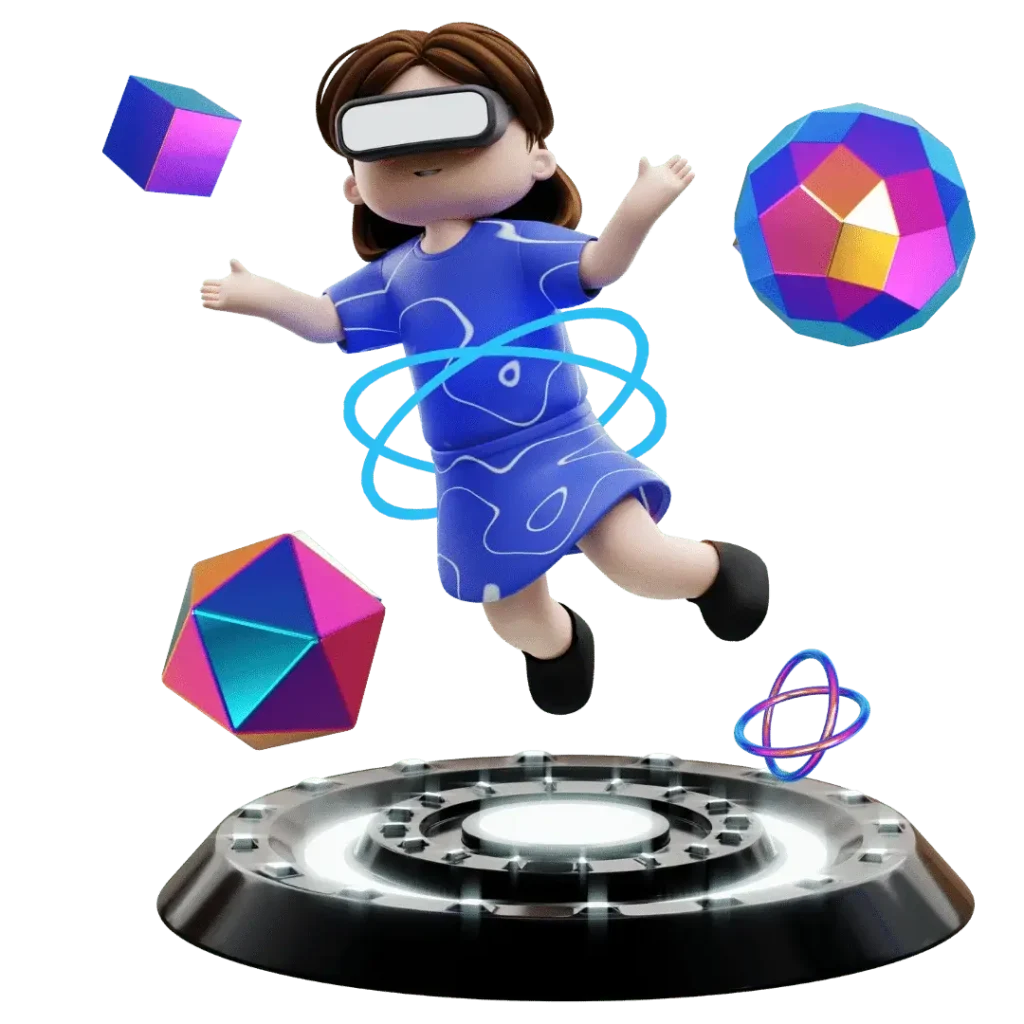What is the future – Web 2.0 or Web 3.0?

The evolution of the internet has been marked by various stages, each building on the previous one. We are currently in the age of Web 2.0, which transformed the digital era and made it possible for people to create and share content on the internet. However, there is now a growing interest in the next stage of the internet, Web 3.0, which promises to take the web to the next level.
Web 2.0 has changed the way we use the internet. It has allowed for a more dynamic and interactive web experience, where users can create and share content in new ways. It has also enabled the rise of social media platforms, which have become a dominant force on the internet. However, Web 2.0 has also raised concerns about data privacy and security due to centralization, which has made users vulnerable to data breaches and security issues.
In contrast, Web 3.0 aims to create a more decentralized and user-centric web that leverages advanced technologies like blockchain, artificial intelligence, and decentralized networks. This promises to give users greater control over their data and privacy while also providing a more secure and transparent storage and sharing of data. Web 3.0 also promises to create new opportunities for businesses and individuals, potentially transforming industries and creating new value.


One of the key advantages of Web 3.0 is its decentralized nature. With Web 2.0, a few large corporations and tech giants control most of the data, content, and applications on the web. This has created concerns about data privacy and security, as well as the potential for these companies to abuse their power. However, with Web 3.0, data is stored and shared in a more decentralized way, which reduces the risks of data breaches and ensures greater transparency and accountability.
Web 3.0 also promises to create new opportunities for businesses and individuals. With its focus on decentralization, Web 3.0 enables new business models and revenue streams that were not possible with Web 2.0. For example, blockchain technology enables secure and transparent transactions, which can be used for everything from online payments to supply chain management. Web 3.0 also enables new forms of digital content creation and distribution, which can help artists and creators monetize their work more effectively.
In contrast, Web 3.0 aims to create a more decentralized and user-centric web that leverages advanced technologies like blockchain, artificial intelligence, and decentralized networks. This promises to give users greater control over their data and privacy while also providing a more secure and transparent storage and sharing of data. Web 3.0 also promises to create new opportunities for businesses and individuals, potentially transforming industries and creating new value.
One of the key advantages of Web 3.0 is its decentralized nature. With Web 2.0, a few large corporations and tech giants control most of the data, content, and applications on the web. This has created concerns about data privacy and security, as well as the potential for these companies to abuse their power. However, with Web 3.0, data is stored and shared in a more decentralized way, which reduces the risks of data breaches and ensures greater transparency and accountability. Web 3.0 also promises to create new opportunities for businesses and individuals. With its focus on decentralization, Web 3.0 enables new business models and revenue streams that were not possible with Web 2.0. For example, blockchain technology enables secure and transparent transactions, which can be used for everything from online payments to supply chain management. Web 3.0 also enables new forms of digital content creation and distribution, which can help artists and creators monetize their work more effectively.


Moreover, Web 3.0 offers a more personalized and responsive web experience. With advanced technologies like artificial intelligence and machine learning, Web 3.0 can provide a more intelligent and context-aware web experience. For example, web applications can use machine learning algorithms to personalize the content and recommendations they provide to users, based on their browsing history and preferences. This can create a more engaging and satisfying web experience, which in turn can lead to increased user loyalty and engagement.
While Web 3.0 offers many potential benefits, there are also challenges that must be addressed. One of the key challenges is the complexity of the technologies involved. Web 3.0 relies on advanced technologies like blockchain, which can be difficult for many people to understand and use. This means that there is a need for more education and training to ensure that people can fully benefit from the new opportunities that Web 3.0 presents.
In conclusion, the future of the internet is likely to be dominated by Web 3.0. While Web 2.0 has transformed the digital era, it has also raised concerns about data privacy and security, as well as the potential for abuse by large corporations and tech giants. Web 3.0 offers a more decentralized, secure, and personalized web experience, which promises to create new opportunities for businesses and individuals. While there are challenges that must be addressed, the potential benefits of Web 3.0 make it an exciting prospect for the future of the internet.

